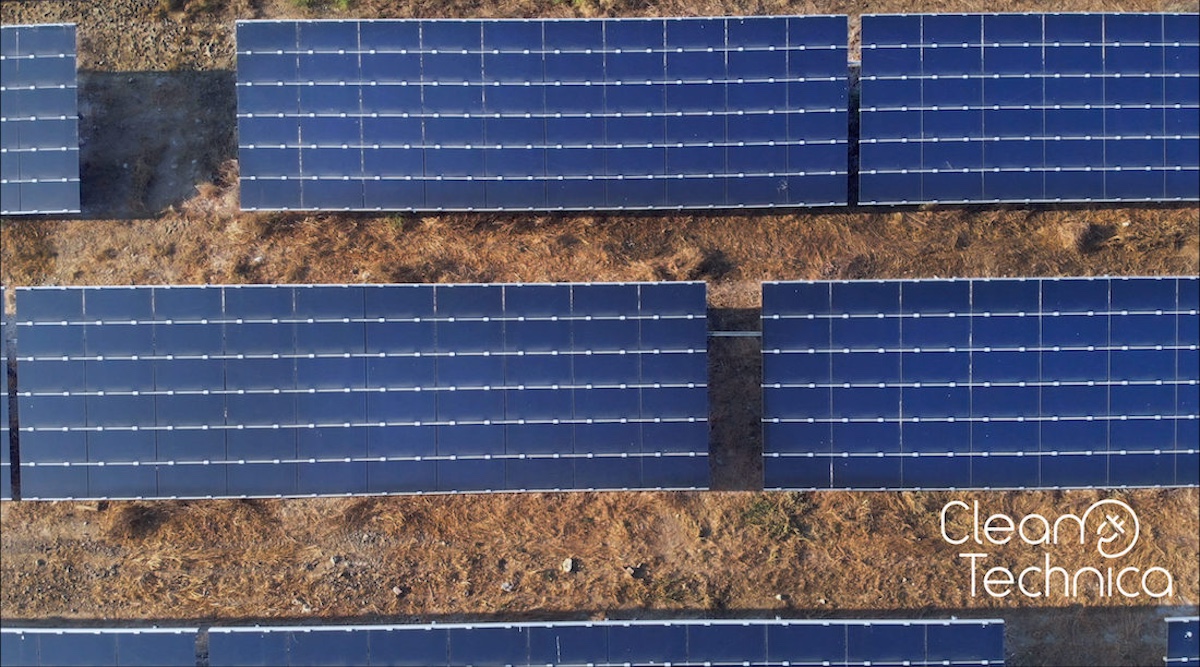Sign up for CleanTechnica’s Weekly Substack for Zach and Scott’s in-depth analyses and high level summaries, sign up for our daily newsletter, and/or follow us on Google News!

A new nationwide analysis has dropped a powerful headline: community solar could unlock more than $120 billion in economic activity across the US. If you’ve been paying attention to the solar sector, you know community solar has long promised outsized benefits, but this new data puts real numbers behind that potential, and they’re hard to ignore.
Community Solar: A Proven Local Economic Engine
Community solar, typically projects around 5 megawatts that allow multiple households and businesses to share the energy (and savings) from a single solar array, is already delivering big for local economies. According to the latest study from the Coalition for Community Solar Access (CCSA), a single 5 MW project generates about $14 million in local economic activity and supports close to 100 jobs.
Scale that up to 1 gigawatt of community solar, and you’re looking at over 18,000 jobs and nearly $2.8 billion flowing into state economies. In short, community solar isn’t just good for energy access and decarbonization — it’s a jobs machine and an economic growth catalyst. And if states build out community solar programs to meet their full potential, a staggering $120 billion in new economic activity could be unlocked nationally.
Breaking It Down: The State-by-State Potential
The report highlights what individual states stand to gain if they get serious about community solar:
- California could drive $12 billion in new economic activity and create 25,000 jobs.
- Wisconsin could unlock $2.8 billion and support 18,000 jobs.
- Virginia’s Shared Solar program could bring in $5.6 billion and 46,000 jobs.
- Ohio could tap into $5.57 billion and add 27,000 job-years from planned community solar projects.
- New Mexico is projecting $517 million in economic activity in its first program phase.
- Washington State could generate $1.76 billion, 16,521 job-years, and $76 million in state tax revenue from a 500 MW community solar rollout.
Clearly, this isn’t just a blue-state or red-state opportunity — it’s a bipartisan economic win.
Faster, Smarter Deployment
One of community solar’s biggest advantages is speed. Unlike utility-scale projects that can get bogged down in multi-year permitting and transmission buildouts, community solar farms typically go from green light to operational in just 12–18 months. They can also be sited on otherwise underused land — brownfields, capped landfills, warehouse rooftops — bringing clean power closer to where it’s needed and making the grid more resilient in the process.
With electricity demand skyrocketing (think AI data centers, electrification, and extreme weather stress), we don’t have a decade to wait for new energy capacity. Community solar is ready now.
A $100 Bill On The Sidewalk
Jeff Cramer, CEO of CCSA, didn’t mince words when he called this opportunity “the energy policy equivalent of finding a $100 bill on the sidewalk.”
“… if you’re a governor or a legislator and you walk past it, you’re doing your state a disservice. States are running out of time and options. Community solar is fast, cost-effective, and it works. We don’t have 10 years to build our way out of this energy crunch. In some cases, we have 18 months, and community solar fits the timeline.”
Governors, legislators, and regulators who don’t prioritize community solar are leaving real money, and real jobs, on the table at a time when demand for reliable, affordable clean energy is only accelerating. If your state doesn’t already have a strong community solar program, or it’s been slow to scale, the data is crystal clear: there’s no more time to waste. Want the numbers? Read the full study: The Economic Impact of Community Solar (PDF)

 Whether you have solar power or not, please complete our latest solar power survey.
Whether you have solar power or not, please complete our latest solar power survey.
Have a tip for CleanTechnica? Want to advertise? Want to suggest a guest for our CleanTech Talk podcast? Contact us here.
Sign up for our daily newsletter for 15 new cleantech stories a day. Or sign up for our weekly one on top stories of the week if daily is too frequent.
CleanTechnica uses affiliate links. See our policy here.
CleanTechnica’s Comment Policy


